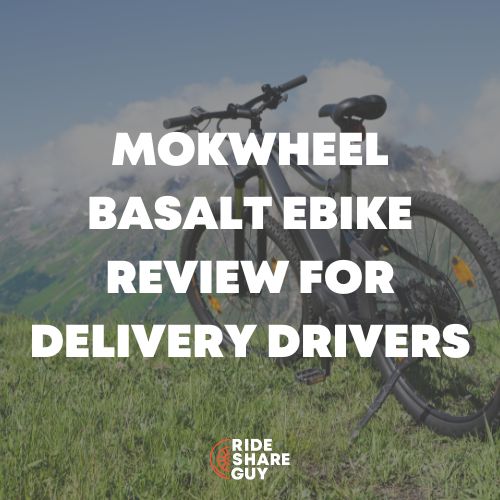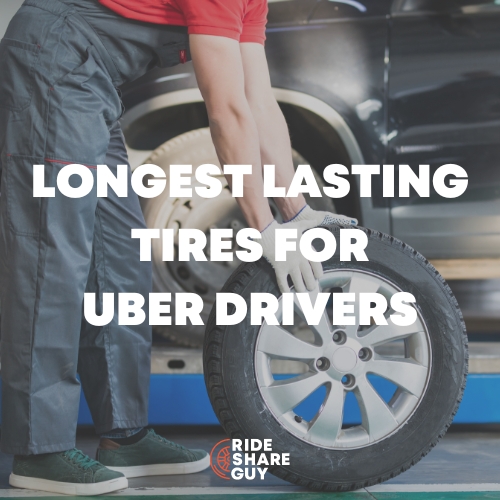How do you organize a bunch of drivers, to get together, let along strike? Below, we talk about the best ways drivers can organize, unite and possibly even strike for higher wages and more. We cover some successful ways other organizations have gathered drivers, and the best way you can affect change within your community. If you’re interested in how to organize a group of drivers and protest for higher pay, bookmark this article!
Whenever you can get a whole lot of angry people in the same room to agree on the same thing, you have the opportunity to inflict some real change.
It seems like every year after Uber cuts rates, and Lyft follows suit, there are a whole lot of angry drivers. Every year after cuts, it seems like they all agree on the same thing, yet nothing ever really happens.
I don’t blame these drivers for being angry because I’m actually one of those angry drivers. I hate hearing ‘lower rates means higher earnings’ for drivers when that so clearly isn’t the case (anyone at Uber ever heard of expenses?). And to be perfectly frank, I’d rather write about how to be the best driver you can be as opposed to covering the dark side of rideshare. But for me, I don’t have much of a choice, since this isn’t exactly the type of issue you can sweep under the rug.
There are a lot of drivers out there who have invested time, money and effort to learn this industry, get good at it and thrive. And rate cuts can threaten all of that. Whether you’re an Uber driver or not, it doesn’t feel very good to go in to work one day only to find out that you’ll now be required to do the exact same job but for less pay.
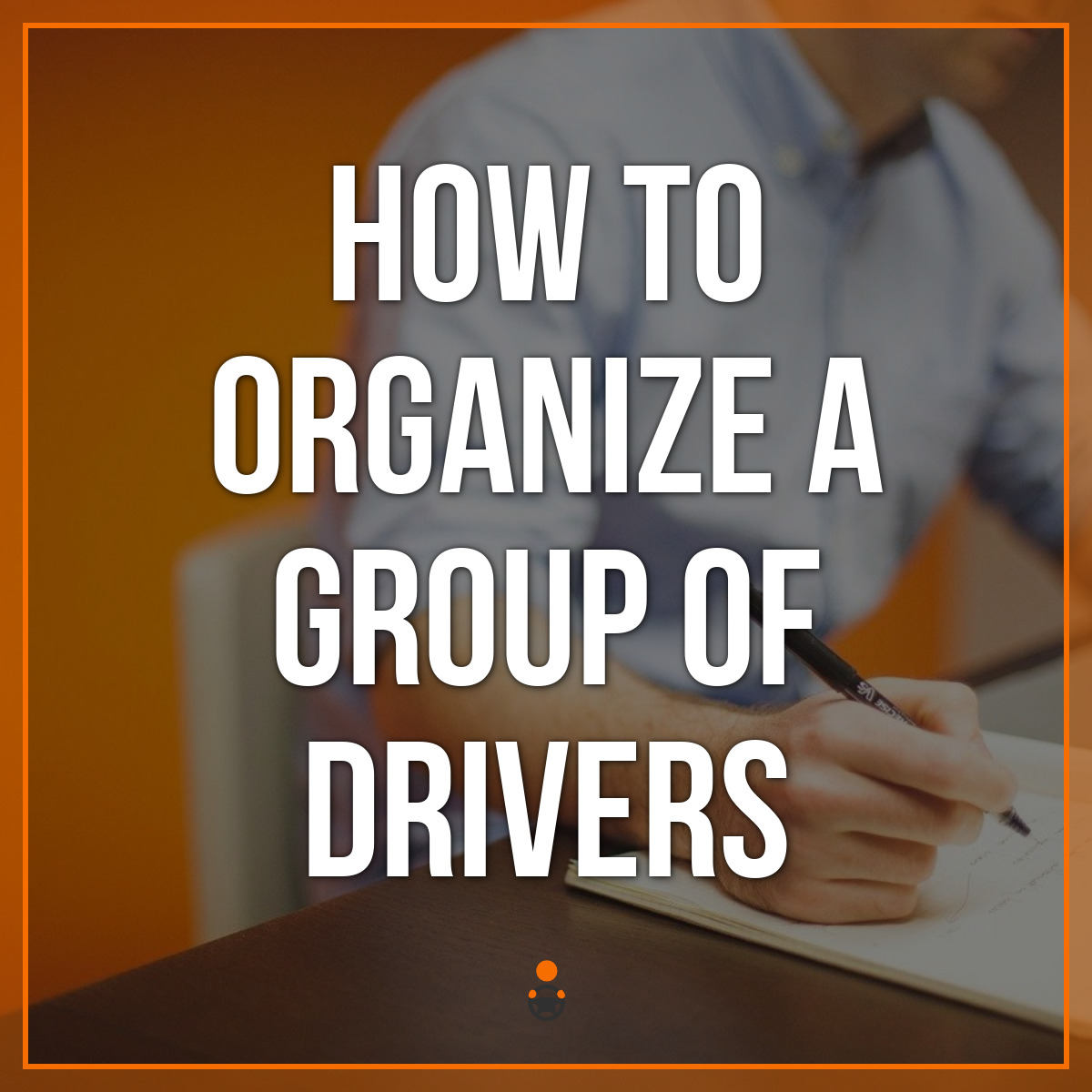
The Online Strike
Whenever Uber cuts rates, drivers often head to their local/national Facebook groups to vent. The venting part is completely understandable, but these rate cuts often get people riled up enough to start talking about ways to strike. But where they miss the boat by a mile is that they don’t realize just how many rideshare drivers are out there.
To put things in perspective, my site, The Rideshare Guy, had over half a million page views last month. The last time I visited San Francisco, I took 18 Uber rides and only one driver had ever even heard of my site. Although not exactly scientific, that tells me that a majority of drivers are not online, they’re not in Facebook groups and they are going to be tough to find.
Starting online makes a lot of sense though because it’s easy, you take 2 minutes to drum up a quick post and now you have a bunch of people who seem ready to follow you! But since most drivers aren’t online, you’re not reaching the people who matter most.
There have been lots of strikes in the past that have gotten media attention and some traction, but nothing ever came of them because it’s not enough to just bring attention to driver’s plights. You also need to back it up with a meaningful number of drivers.
Case in point: the Rideshare Drivers Union called for a strike on July 21. They had called for it a while, announced it, emailed out about it, etc. We covered it the day before the strike, yet we were told we “didn’t give drivers enough notice” and “one day isn’t enough.”… Except, it wasn’t our strike and it had been announced multiple times by RDU. It goes to show you that drivers aren’t all online – or even paying attention!
Flash Strikes
Strikes and protests are common phrases we use. But a “flash strike” is one that is done so without planning.
Essentially, you try your best to reason with the companies, when they aren’t listening to you, you strike immediately.
This is what happened in India recently:
Strike In India
Like everywhere, fuel costs have gone up, to the point where drivers are not able to make money by driving and paying for gas. India hit a point where drivers are asking for rates to go up.
They spoke to officials and explained that with fuel rates at historic highs they need to revise the tariff rates. Officials did agree to consider and speak with those involved.
500 drivers came to show support and protest their cause. The police ended up arresting some of them.
The drivers then had a flash strike, they parked 200 cars causing a massive traffic jam in the middle of the city.
Local and Grassroots Is The Key
Unlike a traditional job, drivers don’t all go to work at the same place every day. That makes it much tougher to organize them – but not impossible.
So while not every driver is online, they do all go out and actually drive. The key to reaching a large audience of drivers is to find them while they’re out driving. This can be achieved in several ways:
- Airport Lots: Since Uber uses a queuing system at most major airports, drivers wait up to an hour in cities like LA and SF for just one ride. So you can imagine how many bored Uber drivers there are in these airport lots who would be pretty willing to listen to you.
- Passenger Rides: Uber’s low minimum fares are brutal for drivers but they can actually be used effectively to organize. If you had a team of 10 passionate and dedicated drivers, you could go out and take 5-10 min. Uber rides for $4.65 all day long. This would give you face time to pitch drivers, collect some info from them and help your cause.
- Uber Office Hours: Local strikes in the past have taken place outside Uber’s headquarters, but to me, it would seem much more effective to strike in front of the place where Uber is helping out frustrated drivers and onboarding new ‘partners’. If Uber’s going to aggregate drivers for you, you might as well take advantage of that.
- Fleet Owners: In cities like New York where most UberX drivers work for fleet owners (UberX drivers in NYC are required to carry commercial insurance and TLC licensing making it very cost prohibitive to sign up on your own and/or work part time), a handful of fleet owners employ a large number of drivers.
Over the past few years spent writing this blog, almost every rally or strike that I’ve heard about has been done primarily on Facebook. Only a few have used a local and grassroots strategy because it’s much more challenging this way.
You have to have passionate people willing to take time out of their day (and money out of their pocket) to rally drivers around their cause. So when I see people comparing Uber to slavery from the comfort of their laptop, I think they’re full of it. If they really felt that way, they’d get off their butts and their computers to organize.
Local vs National
When it comes to organizing and starting a movement, you have to think about it like scaling a business. One thing I’ve learned from consulting with so many start-ups over the past year is that companies like Uber don’t go out and launch in 500 cities across the US when they’re just getting started. They pick one city that they think has the most potential for their business model and they perfect the system in that one city.
Once the business model has proved successful, they start to expand.
I think starting on a local level is just as important when you’re trying to organize drivers. You need to find people who understand the economic situation in your area, the local culture and even the cost of living.
Drivers in Tulsa are probably going to want a different pay rate than drivers in San Francisco, but at the end of the day they both want the same thing: higher pay.
That’s why it’s important to start the conversation at a local level and then align goals at a higher level. The most famous national strike of 2015 was a huge flop because although they supposedly had thousands of drivers, they were so scattered across the country, there was no impact when it came time to strike. Everyone wanted different things and there was no accountability.
Fast forward to 2019, when Uber and Lyft drivers organized a strike in major cities like New York City, Chicago and Boston just days before Uber’s IPO debuted.
Drivers argued that while both companies were going public and offering new stock options, their success was built on the backs of hardworking and underpaid drivers. CNBC covered the protest here.
Still, in this case, case, drivers spread out and NYC drivers only planned to turn their app off for two hours during the city’s busy rush hour. While doing this could attract some attention, it seems like a lengthier and possibly even more widespread strike would really start to make Uber nervous.
Accountability Is Key
If you’ve ever tried to sell something on Craigslist, you know a thing or two about online accountability. It’s a lot easier to flake on someone you met on the internet than someone with whom you have a personal relationship. Even if you could get 10,000 drivers in Los Angeles to join a Facebook group and all agree that they were going to log off for an hour every Saturday night, how many of them would actually do it when there’s no one holding them accountable?
I think that’s one of the big things that organizing online misses out on: accountability. It’s easy to support a cause from the comfort of your laptop or to check off ‘Going’ on a Facebook event. But when you do things in person, you’re developing a relationship. And when it comes time to executing your goals, they’re going to be a lot more likely to follow through since they don’t want to let you down.
Harnessing The Power Of The Media
The final key to the puzzle is harnessing the power of the media. Uber is a very passenger-centric company, and it should be pretty clear by now that they don’t value drivers’ feedback. But they do listen to passengers, and one of the best parts about leveraging the media is that the media can quickly amplify your message to people who matter.
I know a thing or two about developing relationships with the media, and it’s one of the major tactics I’ve used to grow this blog. It’s not a coincidence that I’ve been featured hundreds of times and will probably be featured, quoted or linked hundreds more. But the way you approach the media matters big time: you have to be willing to put in the work that others aren’t in order to stand out.
Most reporters get hundreds of pitches a day from people who take the easy route and just send an email. Sure, that might work once in a while but everyone is doing that. For me, I started by developing relationships with reporters who were covering the industry.
Reporters love Twitter and it’s a great way to get a relationship started. You can favorite, re-tweet and interact with reporters just a few times so that they see your name and become familiar with your cause. That way, when you do send them an email, it won’t be the first time they’ve heard from you. 90% of people who pitch reporters aren’t willing to do this tiny, yet extremely effective step.
Once you have that relationship, getting your pitch or your story featured is the easy part. Most reporters at big national publications have quotas that require them to write 1-2 stories a day or whatever it may be. Uber and any type of ‘strike’ story is also a headline grabber right now. So if you can provide expertise or help, they’ll feel like they owe you one, and when it comes time for you to ask a favor of them, it will be a lot tougher for them to say no.
Successful Examples Of Drivers Organizing
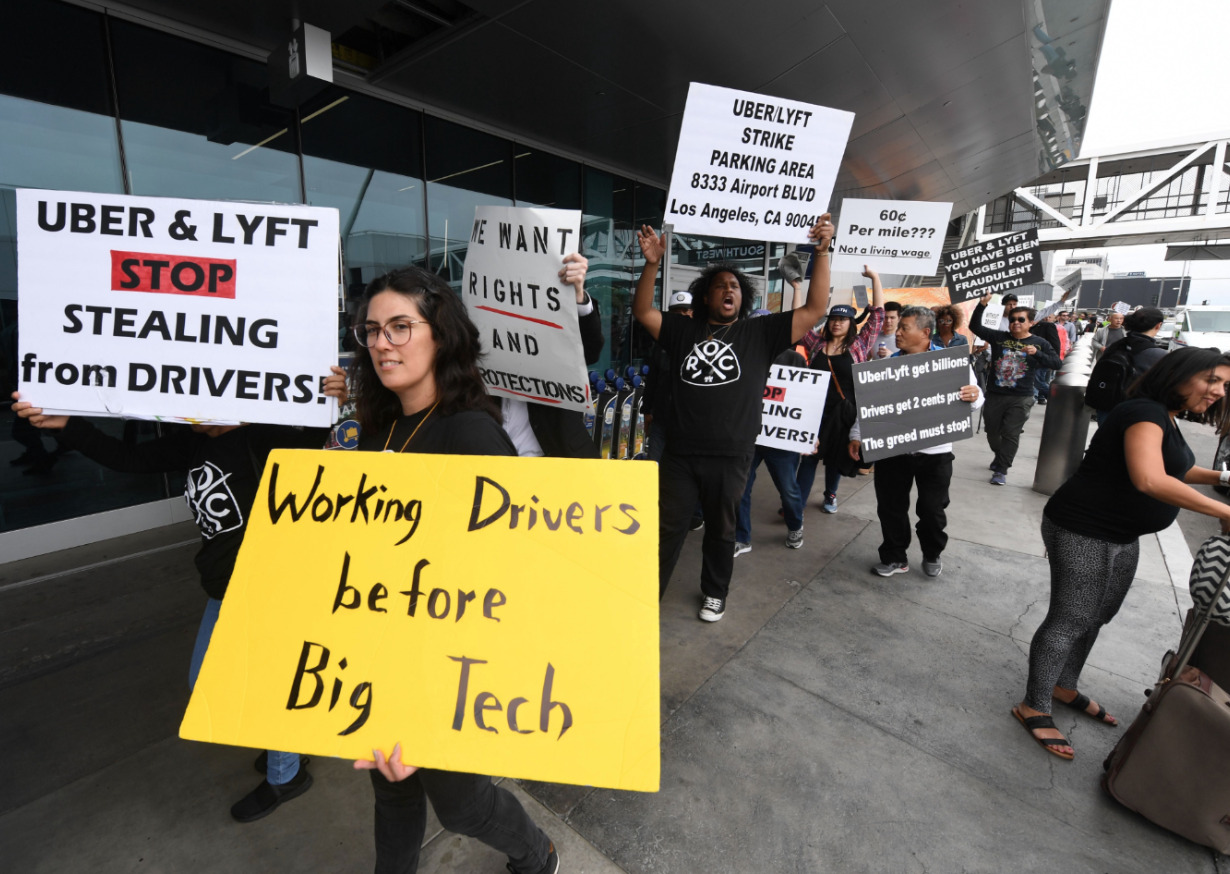
If you go to any Facebook Ridesharing group there is always talk about “let’s stop driving, if enough of us stop they have to listen”.
Uber and Lyft have millions of drivers out there. So if a few hundred decide to stop driving for a day, week, or even a month, it won’t affect the company’s bottom line.
However, there have been some successful strikes nationwide that have gotten media coverage.
In 2019 Ridehsare Drivers United organized a worldwide strike that would range from 2 to 24 hours. The main demonstration was in Los Angeles.
This protest got a lot of media attention and a ton of driver support. But at the end of the day, things have not changed that much.
Fast forward to July 2021 Ridehsare Drivers United again did a protest. It’s all over the media, and impossible to miss. With all these thousands of drivers not driving, does the company notice?
Yes and no. They do notice, they give press releases, and ensure that they are working on the problem. They also put out that right now drivers are making more than before the pandemic, however they aren’t making more per mile, they are just driving a lot more miles.
Also, according to CBS news, Uber said there has been no impact on service. Meaning they have enough drivers out even with the protests, to cover the passengers requesting rides.
It’s great to be heard, it’s great to get noticed, but at the end of the day, if there are still drivers out there willing to drive for the low rates, that’s what the company will continue to pay.
Where/How to Find Organized Rideshare Driver Groups
While it’s still a challenge to locate and organize a group of rideshare drivers, more and more options and opportunities are becoming available with each protest.
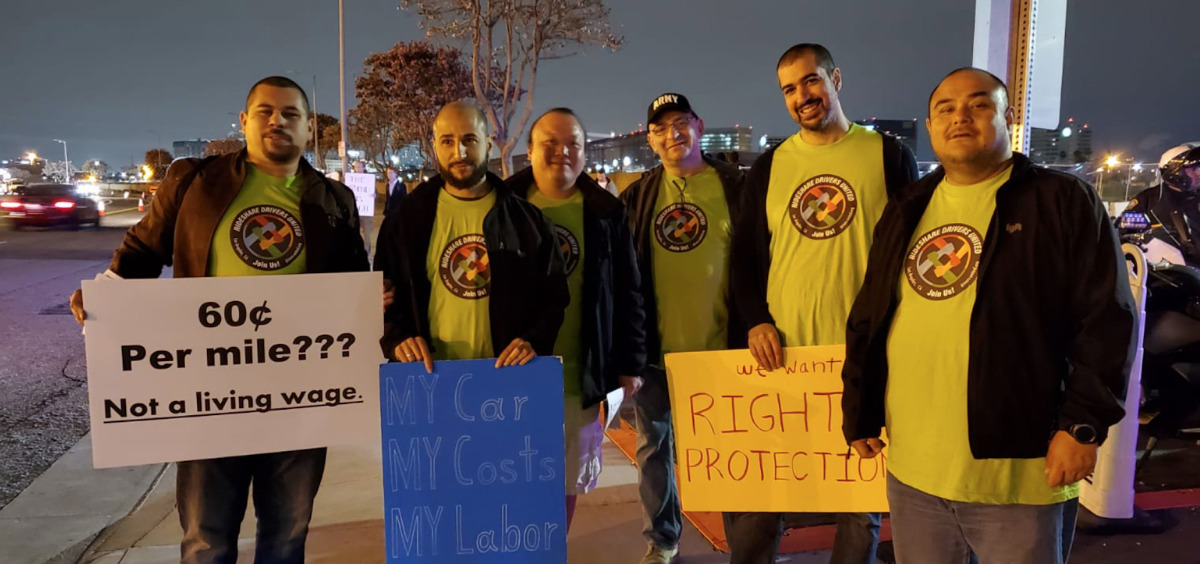
If you’re looking to get involved and join a group, there’s Rideshare Drivers United (RDU) which is open to all U.S. drivers and allies. RDU is based in Los Angeles and was formed in response to Uber’s repeated pay cuts.
You can also check out local meetups for rideshare drivers in your area to find a group. See if your metropolitan area has a rideshare meetup group so you can connect with other drivers and discuss common issues.
Independent Driver’s Guild is a union based out of New York that has a mission to help build better working conditions for rideshare drivers and increase their earnings.
Last year in Chicago, an independent group called Chicago Rideshare Advocates was started. This group leveraged sites like Facebook to rally drivers and ended up gaining 50 members initially. The group is growing and they picketed city hall last summer to put pressure on the mayor-elect to carry out promises that were made.
Another easy place to start is by joining a Facebook group. Here are some of the most active groups you can join to connect with other drivers.
Once you get involved, consider spreading the word so that other drivers in your community know as well. As I mentioned earlier, not all Uber and Lyft drivers spend time on Facebook or in online forums so they may not even know that these options exist.
Here’s a list of more organizations vying to represent drivers.
Driver Owned Rideshare Companies
For some, the answer has not just been to stop driving for companies like Uber and Lyft, but to start driving for driver-owned companies.
In New York Co-Op is striving to be that for drivers and riders. Earlier this year one reporter tried this service out as a passenger, and found that the driver came almost as fast as an Uber or Lyft driver would have. He also noted that even though the cost was slightly higher it wasn’t so much that it would deter him from using. Plus he knew that more of the money went directly into the driver’s pocket.
If you don’t live in New York, search your local area and see if there is a driver-owned rideshare company nearby. Or if you would like to support The Drivers Co-Op they have the ability to donate to the cause, in hopes that this service goes nationwide.
What’s The End Game?
At the end of the day, I think organizing drivers is going to be a logistical nightmare. Not only are they spread out between online and offline, but they come from all different backgrounds and drive for all different reasons. The full-time driver who drives 60 hours a week is in a lot different position than the soccer mom who just wants to drive a few hours while her kids are at school.
But there is plenty of common ground that all of these different drivers share. Nobody wants to be treated like a disposable commodity. Everybody wants fair and reasonable pay. And most importantly, drivers all want and should have some say in the direction of the company.
I think Uber sometimes forgets that the drivers are the ones who have propped up their valuation and made them so successful. As an individual driver you may not have a lot of power to affect change, but when you start getting the right people on the same page, that’s when Uber might be forced to listen and make some accommodations.
I do think that there is real demand for an organization or a collective that represents Uber drivers everywhere. The real question though is who’s going to make it happen?
What do you think are the best ways to organize a group of drivers? Do you think online organizing works, or should it be more face to face?
-Harry @ RSG with additional reporting from Chonce Maddox Rhea and Tyler Philbrook
